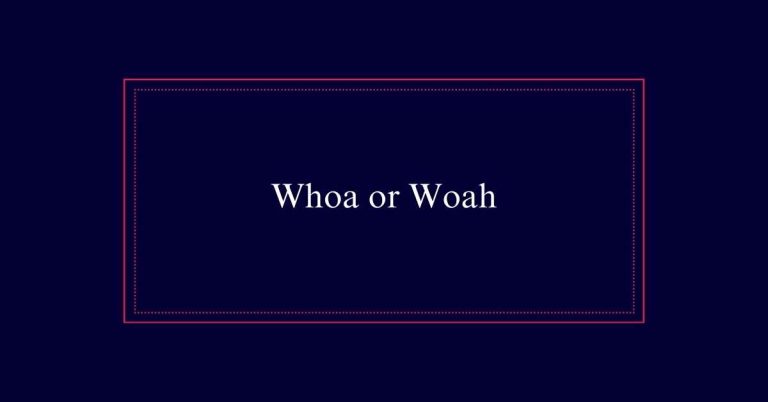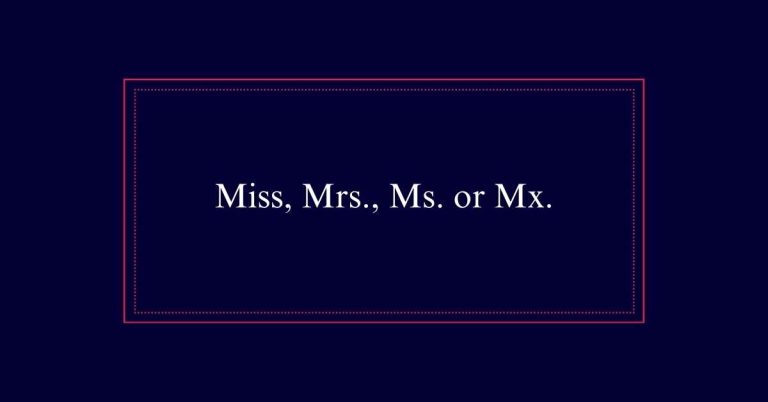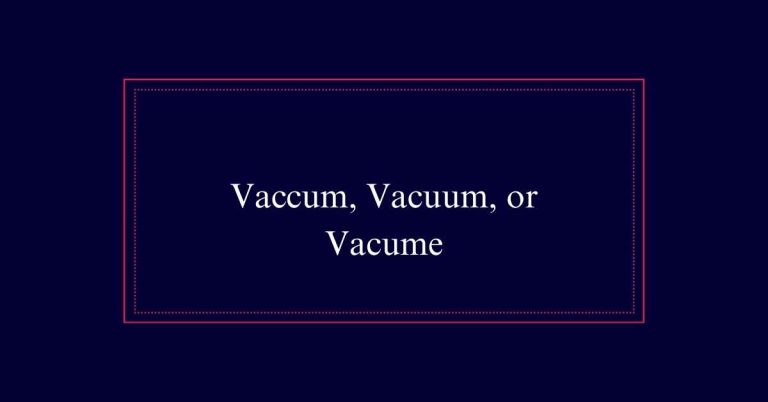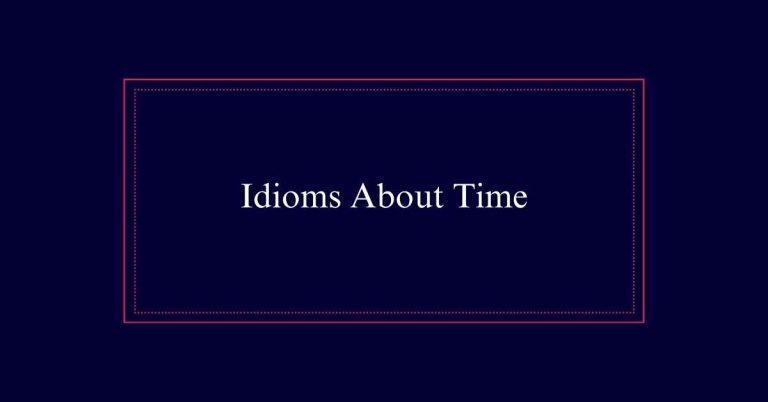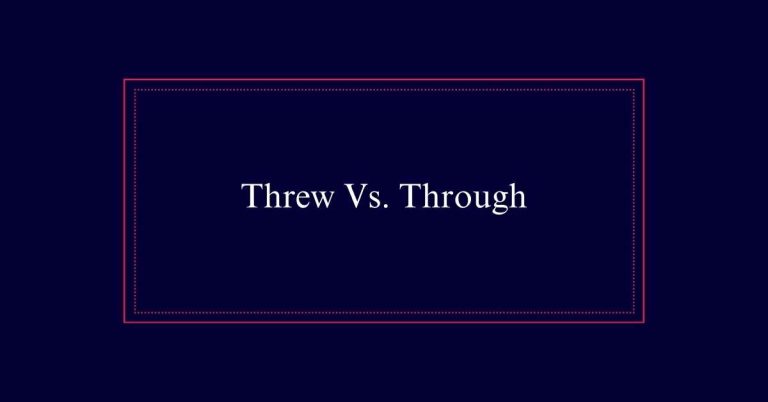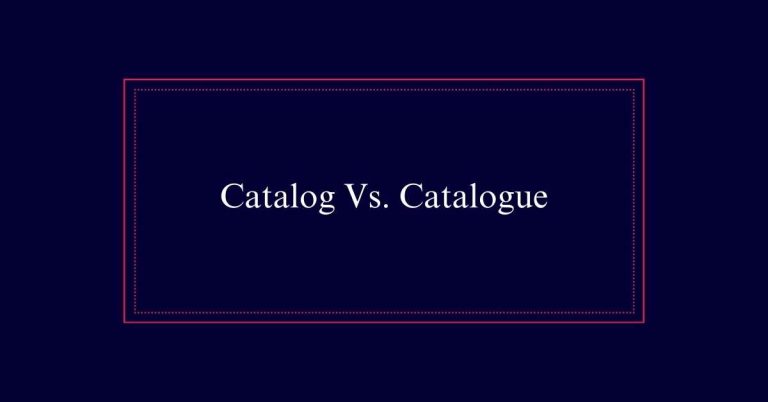Anymore Vs. Any More
‘Any more’ is used to refer to additional quantity or amount. It is often used in questions or statements discussing availability, need, or remaining quantity. On the other hand, ‘anymore’ is an adverb indicating a change in time, suggesting that an action or condition has ceased.
Definition of ‘Any More’
The term ‘any more’ refers to an additional quantity or amount of something. It is used to inquire if there is a further amount available or needed.
For example, one might ask, ‘Are there any more cookies?’ when seeking additional cookies. It can also indicate that no further quantity is required, as in, ‘You already ate seven; you don’t need any more.’ This usage is specific to counting or measuring items.
Examples of ‘Any More’
To illustrate the proper use of ‘any more,’ consider these examples. ‘Any more’ is used to refer to quantities. For instance, ‘Are there any more cookies?’ asks if additional cookies remain.
Another example is, ‘You already ate seven; you don’t need any more,’ indicating that a sufficient quantity has been consumed. This usage is clear when discussing specific amounts.
Similarly, ‘We don’t have any more milk’ states the absence of additional milk. In each case, ‘any more’ helps specify a need or lack of more items.
Definition of ‘Anymore’
Anymore is an adverb that indicates a change in time, often implying that an action or condition has ceased. It is used to signify that something that once occurred or existed no longer happens or exists in the present. Understanding its usage is important for clear and effective communication.
- Temporal Reference: Indicates a shift from past to present.
- Negative Context: Commonly used in negative sentences.
- Absence: Highlights the cessation of an activity or state.
- Dialect Variations: Sometimes used as ‘nowadays’ in certain dialects.
- Formal Writing: Its use as ‘nowadays’ is generally not accepted.
Examples of ‘Anymore’
To conclude, understanding the practical application of ‘anymore’ can be facilitated by reviewing a few examples. Consider the sentence, ‘I don’t visit that park anymore.’ Here, ‘anymore’ signifies a change in the action over time.
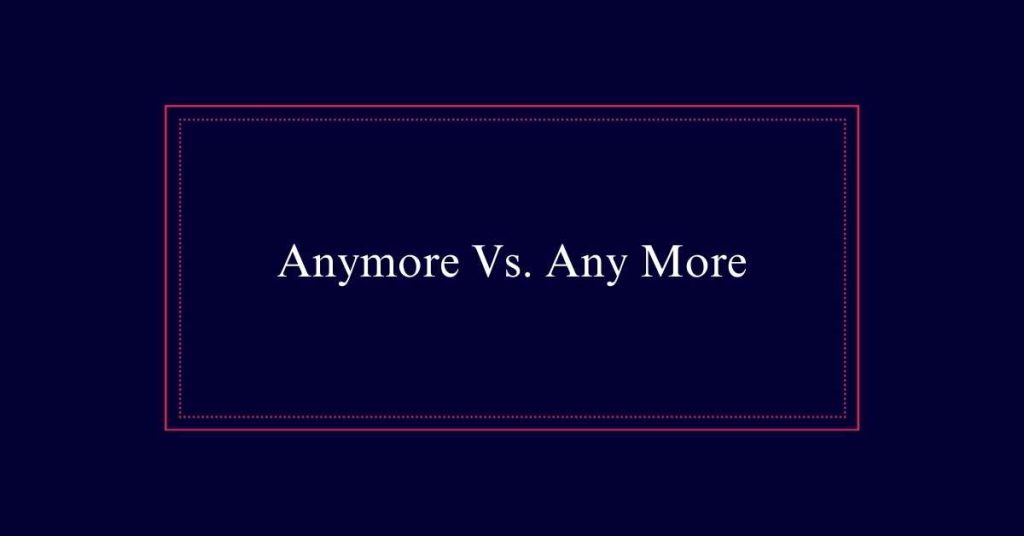
Another example is, ‘She doesn’t write letters anymore.’ This usage indicates that the action of writing letters has ceased.
Quantity Vs. Time
Distinguishing between ‘any more’ and ‘anymore’ hinges on whether the context involves quantity or time. ‘Any more’ is used to refer to quantities, suggesting the need for an additional amount or presence of something. For example, ‘Do you need any more sugar?’
Conversely, ‘anymore’ functions as an adverb concerning time, indicating the cessation of an action. For instance, ‘She doesn’t dance anymore.’
- Quantity: ‘Do we have any more supplies?’
- Time: ‘They don’t visit us anymore.’
- Clarifies intent: Correct usage enhances clarity.
- Context: Determine if it’s about amount or duration.
- Formal Writing: Maintain precision by distinguishing the two.
Formal Writing Guidelines
Proper usage of ‘any more’ and ‘anymore’ is essential for maintaining clarity and professionalism in formal writing. ‘Any more’ should be used to refer to quantities, ensuring clear communication of specific amounts. For example, ‘We don’t need any more data for this report.’
On the other hand, ‘anymore’ functions as an adverb to indicate time, such as in, ‘He doesn’t work here anymore.’ It is important to avoid using ‘anymore’ as a synonym for ‘nowadays,’ as this is not acceptable in formal contexts.
Adhering to these guidelines ensures precise and effective writing. Correct usage not only enhances clarity but also aligns with formal writing standards, improving overall communication.
Common Misunderstandings
While adhering to formal writing guidelines is important, many writers encounter common misunderstandings when distinguishing between ‘any more’ and ‘anymore.’ These errors often arise due to confusion between their uses for quantity and time.
Misinterpreting Quantities: Writers may mistakenly use ‘anymore’ when referring to additional amounts.
Temporal Confusion: The adverbial ‘anymore’ is sometimes incorrectly applied to indicate quantities.
Dialect Influence: Certain dialects use ‘anymore’ as ‘nowadays,’ leading to misuse in formal writing.
Overgeneralization: Assuming ‘anymore’ fits all contexts, ignoring its specific temporal use.
Lack of Awareness: Some writers are unaware of the distinction, resulting in frequent errors.
Enhancing Writing Skills
Understanding the difference between ‘any more’ and ‘anymore’ is a key step in enhancing your writing skills for clearer and more effective communication. Mastering these distinctions helps to avoid common errors and improves overall writing quality.
Here are a few tips to keep in mind:
- Use ‘any more’ when referring to quantities.
- Use ‘anymore’ when indicating a change over time.
- Avoid ‘anymore’ as a synonym for ‘nowadays’ in formal writing.
- Remember context: ‘any more’ for amounts, ‘anymore’ for time.
- Practice: Regular usage reinforces correct application.
Precision in Communication
Precise communication is essential for conveying clear and accurate messages. The correct usage of ‘any more’ and ‘anymore’ illustrates this principle. By understanding the distinction, writers avoid ambiguity and make sure their intent is understood. ‘Any more’ refers to quantities, while ‘anymore’ relates to time. Misuse can lead to confusion and misinterpretation. The table below highlights their correct usage:
| Term | Usage Example |
|---|---|
| Any More | ‘Are there any more cookies?’ |
| ‘You don’t need any more cookies.’ | |
| Anymore | ‘She doesn’t bake cookies anymore.’ |
| ‘He doesn’t live here anymore.’ |

